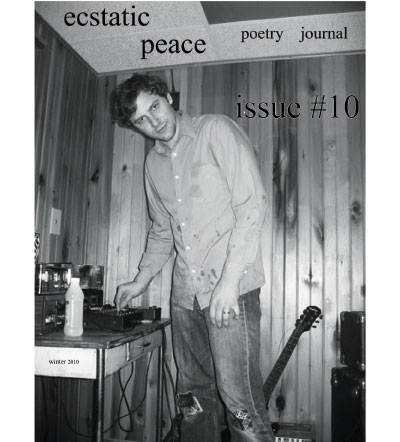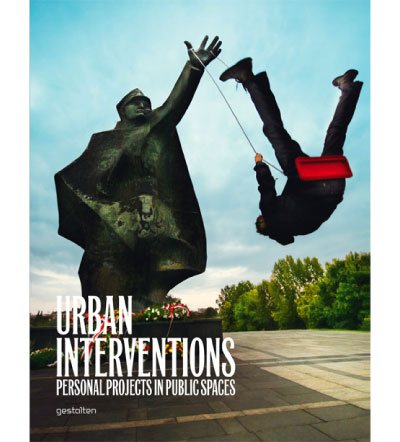
Courtesy of Gestalten Books

I first witnessed urban interventionism at an intersection in La Serena, Chile in 2009. I watched transfixed as a young performer expertly juggled five plastic pins in the middle of the road. He completed his routine and gave a quick bow before darting quickly from one car window to the next, collecting money from drivers’ outstretched hands, jumping back onto the sidewalk seconds before the light turned green again. Though this is a loose example of public art, during the course of my travels through Chile and Argentina, I witnessed beat boxers, mimes, dance troupes and cheerleaders all with the same technique, using the intersection as their stage.
Urban Interventions: Personal Projects in Public Places, due out this March, could very well turn the new art movement into a household word. A creative conglomerate of graffiti, activism, and found street art, the book pays tribute to the most exciting wave of artwork to hit public spaces since Banksy took Bristol by storm in the late ’90s. Urban interventions use ordinary outdoor components to transform everyday landscapes into interactive artwork for the masses. As a result, alleyways become galleries, bus stops morph into studios, and street signs act as canvases.
(more…)

Best known for his role in Sonic Youth, Thurston Moore has for the last ten years published a poetry journal featuring work by the likes of Gus Van Sant, Kathleen Hanna, Rick Moody, Lenny Bruce (posthumously, of course), and many others. Although primarily a side project — publishing approximately once per year — Moore’s journal has been successful at forging an intimate link between the art, music, and poetry worlds he inhabits. For the next month, famed New York art space White Columns will celebrate the latest issue, #10, with an exhibition and reading and performance series, highlighting some of the journal’s best work and influences.
Ecstatic Peace is inspired by the mimeographed, post-war poetry magazines that proliferated in the 1960s and 70s. Moore began acquiring the mags with friend and co-editor Byron Coley when they hit a wall in record collecting, and the fruits of their obsession are on display here, along with the covers of the earlier issues of Ecstatic Peace.
(more…)
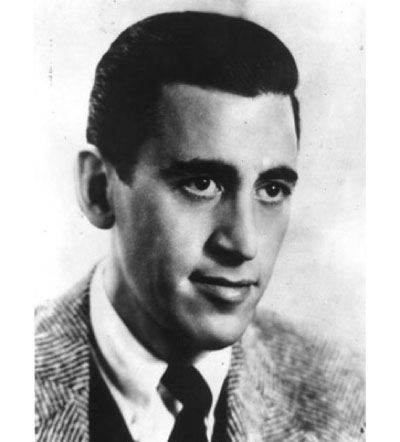


I never met J.D. Salinger.
I don’t really know a damn thing about him that would give me the right to stand up and eulogize the man and I’m okay with that. All I really know about Salinger is what I have read from him…. Or more accurately, all I really know about him is what I have felt about what I have read from him. And what I have felt leaves me now with a strangely beautiful sense of loss and gratitude in the wake of his passing.
I can’t pay homage to the man without feeling a bit “phony” but I can honor the literary evidence, that part of the man’s character and soul that lives with us still, without any experience of the vessel it was originally packaged in or the personality that he projected. And as I celebrate the love I have of the love he had for his brilliant, lonely characters, I also respect the fact that he had absolutely no desire whatsoever to know what I think about his work or what it meant to me growing up.
I’m not saying I wouldn’t have liked to meet him. I’m a writer for Christ’s sake! I grew up in my dad’s bookstore surrounded by Salinger’s work and his legendary mythos, of course I wanted to meet him, but by the time I was old enough to read his work and understand it (circa 1977) it was already a well-established fact that if J.D. had anything to do with it, I would never come within a hundred miles of him. Nor would anyone who came along with another heartfelt profession of commiseration with Holden Caulfield, or yet another well-meaning inquiry about “the real Glass family”.
(more…)


Image via drury.edu


Howard Zinn was one of the great humanitarians of the 20th Century. His work had a profound influence on me personally and was a factor in shaping this magazine when I was formulating it in the late 1990s. We consulted with him for our Peace Issue in 2003, and wrote a piece on him in our Voices section in 2008. Also, click here for a link to the New York Times obituary. I haven’t always agreed with all his views, but his central ideas — that history should be told from the viewpoint of those its events have most affected, and that society’s duty is to organize our resources to provide the greatest good for the greatest number of people — are important principles to keep in mind as we hurtle deeper into this Global Century. May his vision endure, and may he rest in peace.
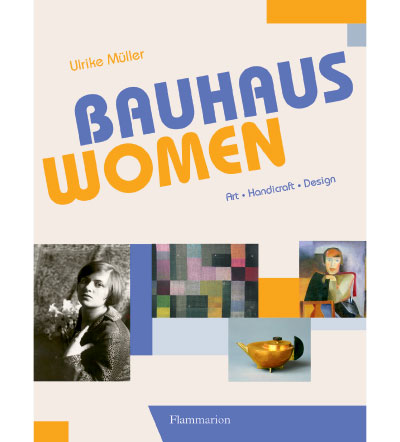
Images courtesy of Rizzoli Books

In 1919, a revolutionary school opened in Weimar, Germany. It had a short life — only fourteen years — but it made history. Who among us today has not heard of the Bauhaus or isn’t familiar with its members, from founder Walter Gropius to artists Paul Klee and Wassily Kandinsky, to architect Mies van der Rohe? But there was more to the school than these few world-renowned men — there were, wouldn’t you know it, also many women.
History seems to have washed right over names like Marguerite Friedlaender-Wildenhain, Benita Otte, Gunta Stölzl, and Alma Siedhoff-Buscher, female Bauhaus students who made important contributions in fields such as ceramics, sculpture, weaving, and toy production. But now a new book by Ulrike Müller, simply titled Bauhaus Women and published by Rizzoli to coincide with MoMA’s current Bauhaus exhibition, gives long overdue recognition to “the range of important women — teachers, designers artists — who taught or studied at the Bauhaus” and “carried the idea and works of the Bauhaus forth into the world.”
As it turns out, in its inception, the Bauhaus had vowed equality among all of its students and, despite an inherent sexism among the male masters marked by such fanciful notions that genius and creativity are masculine and that women were only able to see two-dimensionally and should therefore work only with surfaces, Gropius promised that there will be “no difference between the beautiful and the strong sex” (take one guess as to which is which).
(more…)


Steidl Books


The world is divided into three types of people: those who are conscious about the environmental damage we inflict on our planet, those who do not care, and those who are inclined to care but need some prodding. Sometimes it takes an artist to put things into perspective, to provide the visceral impact that can shock us into awareness. Edward Burtynsky’s new book, Oil (Steidl, $128), is just the ticket.
Burtynsky has long been fascinated with what he calls “human-altered landscapes,” the vast vestiges of industrial activity. After a while he realized that oil production is the force behind many of these landscapes. Burtynsky began photographing human-made sites that have direct and remote relationships with oil. These include oil fields, refineries, car lots and scrape yards, and highways. The ten-year project resulted in a book containing a hundred panoramic shots from all over the world.
This panoramic view is certainly an eye-opener. Let’s just say that whenever we take an exit from one highway to another, we don’t really think about the intricate anthill infrastructure of the roads. And, of course, some of us would rather not think about the mechanical ugliness of an oil refinery, the unfamiliar, repelling apparatus that we rely on for the modern world to function.
(more…)

Nicholas Koening courtesy of Morgan Hotel

You see the influence of some people every day: Gandhi and the idea of peace, President Obama and the soon-to-be-sweeping health care reform, Carl Sagan and the thought of ourselves as small. All pretty big ideas. What you may not see or realize is that there are people who very directly influence the way you dress, the way your favorite store is decorated, and the fact that you can get away with a tie and jeans in this day and age. Enter Andrée Putman. Blending the high and the low into a beautifully unique and practical product, Putman describes her own best works as “the perfect balance between discipline and revolt.”
Rizzoli Publications has released a definitive look, Andrée Putman: Complete Works, at the woman who in the 1980s brought to light the idea of high-end chic mixing with plebeian materials. Her career includes redesigning hotels, department stores, residences, and, recently, an entire thirty-one floor apartment skyscraper in Hong Kong, as well as a plethora of product design.
The book, written by Donald Albrecht (curator of architecture and design at The Museum of the City of New York) and Jean Nouvel (award-winning architect) offer the ultimate look at all of her works in a staggeringly winsome package: perfectly-square, minimal, robust in content, and all-around attractively built — just as Andrée would want.
(more…)

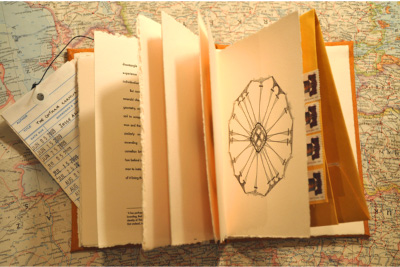
Photography courtesy of the Underground Library


The Underground Library thrives on many contradictory dualities: openness and mystery, transience and immortality, democratization and personalization. But its hairy outgrowths and connotations are bound by an essentially simple desire: to recreate the unique visceral experience that a work of art offers.
After a successful test-run in May and a first grant from the public-dinner-as-arts-foundation FEAST, the Library has become a kind of asynchronous alternative to the easy and aloof mass-media saturation fostered by The Information Age. It provides this alternative by distributing original hand-bound books, all made in-house by its founders and composed of new multimedia work by its participating artists, to its members. In the cheekily faux-antiquarian parlance adopted for the project, these members, who may gain membership through donations of anywhere between $5 and $1,500 to the Library’s Membership webpage, are called heralds. Each herald is then responsible for passing the book on to others whom the herald believes may take interest in it. After the book has passed between the hands of eleven recipients (due dates are provided by the Library’s founders in the books’ library cards, with recipients’ names to be filled in as it makes its rounds) it is returned to the herald, thence a librarian in her own right. The first book in the first edition is called Forever, Michael. A memoir by Halloween’s Michael Myers, it is available in an edition of seventy-five copies.
(more…)
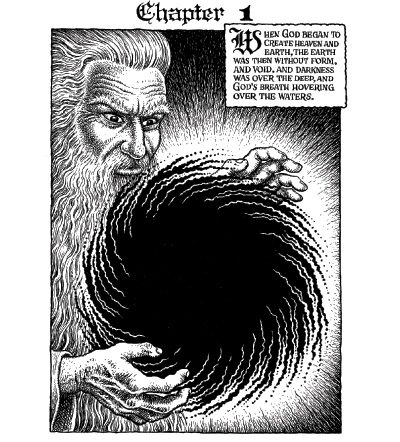
Chapter 1, The Book of Genesis Illustrated by R. Crumb 2009. Ink and correction fluid on paper. Courtesy of R. Crumb, Paul Morris, and David Zwirner, New York.


In the beginning, there was Crumb. One of the founding fathers of the underground comic movement in the U.S., he first came to our attention back in the 1960s chronicling the colorful adventures of Fritz the Cat and Mr. Natural. His latest project, The Book of Genesis Illustrated by R. Crumb, might come as a surprise to some but actually it’s not really such a big leap. There’s enough salacious material in the Bible to make even his Devil Girl blush.
Crumb, who’s been living in France with his wife and daughter since the late 1980s, spent five years on this project, working with a magnifying glass and a pot of black ink on all 207 illustrations. Despite his inclination for controversy over the years, Crumb stayed true to the text and approached the work as a straight illustration job, incorporating every word from all fifty chapters of Genesis. Avoiding any temptation to poke fun at the material, the result is an incredibly detailed and fresh look at some of the oldest stories known to the human race. Crumb did extensive research for this project to make sure he got everything just right. Words that all alone on the page might have seemed dry and didactic have now been transformed by Crumb’s pen into a story with all the drama of a telenovela. In the book’s introduction, Crumb calls Genesis “a powerful text with layers of meaning that reach deep into our collective consciousness, our historical consciousness.” In this unique edition, he has done justice both to that cultural context and to his own inimitable style. The wrath of God has never been this much fun.
(more…)
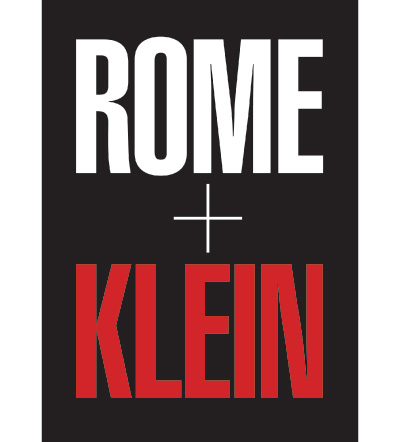
Images courtesy of Aperture

Some images stay with us, just as fresh and potent in the mind’s eye years later as they were the first time we saw them. Photographer William Klein’s homage to Rome — a celebration of the city’s beauty, its character, and its vitality — is one such case, spellbinding even 50 years later. In honor of the book’s golden anniversary, Aperture has re-released the Rome collection. Along with Klein’s classic pictorial diary, the new, two-volume, slip-cased version includes Klein’s never-before-seen fashion work (shot in the city), along with new and updated text by Klein himself.
In 1956, a 28-year-old Klein arrived in Rome to begin his first cinematic project, assisting famed Italian director Federico Fellini on his new film, Le Notti di Cabiria. Shooting was delayed, however, and Klein — though wildly disappointed — knew he had a choice to make: return home, or take advantage of his situation and shoot the city around him. The resulting collection is an unparalleled photographic diary of Klein’s travel through the eternal city, guided by an eclectic cast of artists and writers. As Fellini himself once said, “Rome is a movie, and Klein did it.”
Over the years, Klein has proved himself a jack-of-all-trades, exploring fine art and fashion photography, film, painting, and even graphic design. And he’s pushed the limits of his chosen fields, questioning the status quo. His fine art photography was a far cry from the reigning documentary style of the fifties. His fashion photography placed models out in the streets. And throughout the Rome collection, Klein’s signature style rings true.
(more…)





 Facebook
Facebook Permalink
Permalink Digg
Digg Reddit
Reddit LinkedIn
LinkedIn StumbleUpon
StumbleUpon Tumblr
Tumblr
